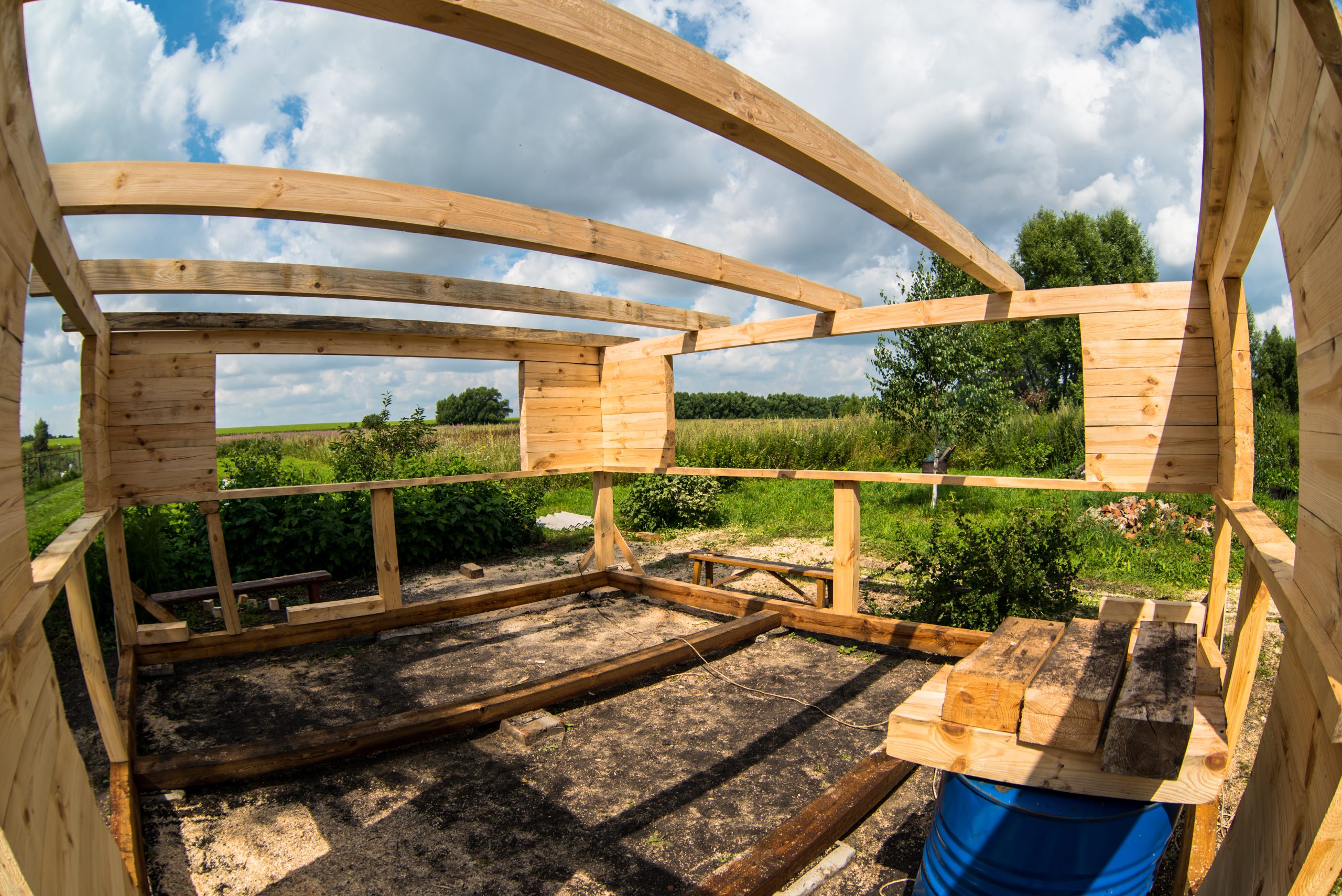Categories

The problem of skyrocketing prices of lumber is not a new phenomenon in the real estate industry. In the year 2018, the real estate sector faced such price rise problem to an extent where affording the labor became a huge economic challenge. Now in the current Covid-19 pandemic situation where the economy has taken a hit, the record high prices of lumber have made the housing costs to rise too. This eventually has led to a potential countrywide slowdown in new construction work.
The average increase in lumber price is 170% from mid-April. The whopping cost of more than $800 per thousand board feet is the result of this record surge only. According to the economists of NAHB, it is estimated that the prices of a typical new single-family home have increased by over $16,000 and those of a typical apartment by over $6,000.
The standard priced-out calculations of NAHB suggest that out of the market for a median-priced new home, there is a price rise seen in over 2.1 million U.S. households; all due to this appreciation of new-home prices. This hints towards the fact that these homes qualified for mortgage prior to this surge not after.
In this situation the need of an economical and suitable shelter is even more important. Workable ways have to be devised to combat this problem. It becomes important that these surging lumber prices are addressed. In August this year, NAHB formally asked President Donald Trump to take effective steps for increasing the supply of lumber through ramping up the domestic production for controlling the prices. It was also proposed to him that a new softwood lumber agreement be worked with Canada, as this will save costs on tariffs. It must be noted that one third of the lumber in US comes from Canada; making such an agreement even more important.
Commerce Secretary Wilbur Ross and U.S. Trade Representative Robert Lighthizer were also approached by NAHB to work out a long lasting solution to a 40 year old long trade dispute with Canada. Zoltan van Heyningen, executive director of the U.S. Lumber Coalition was also contacted by NAHB for taking effective measures to address the lumber supply shortage and ease the potential economic burden on the real estate sector.
In this pandemic era where the economic slowdown is apparent, housing is a bright spot, particularly with single-family construction whose permits are currently running 3.4% more than the 1st half of the previous year. The buyer traffic on the freshly constructed single family houses is at its highest in the last 35 years. For economy it’s very important that access to construction materials such as lumber (at reasonable prices) is readily available. The people in power can make it happen through their supportive policies.

